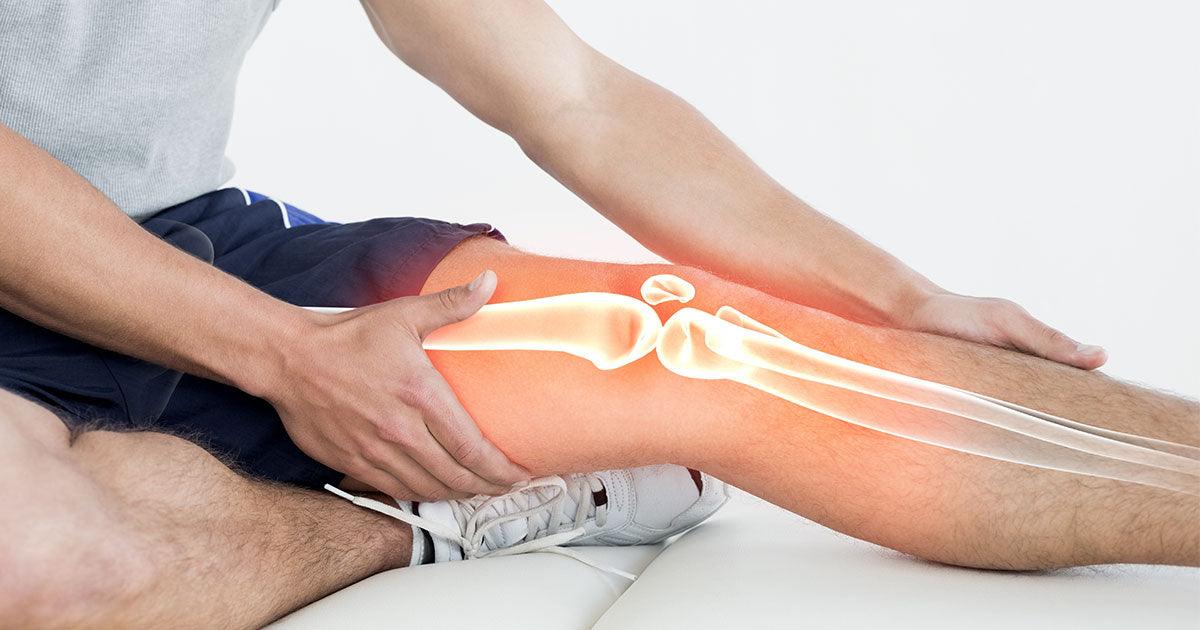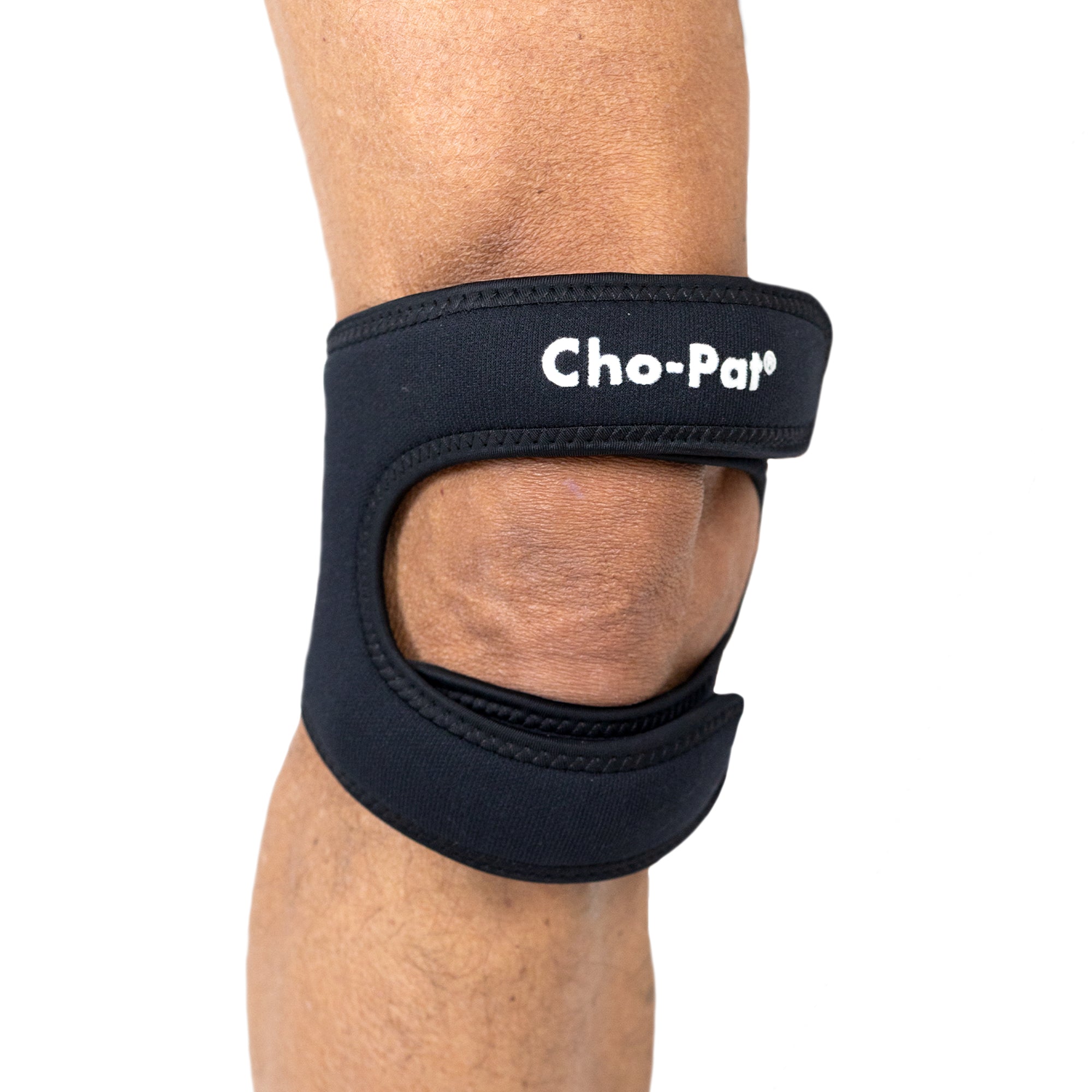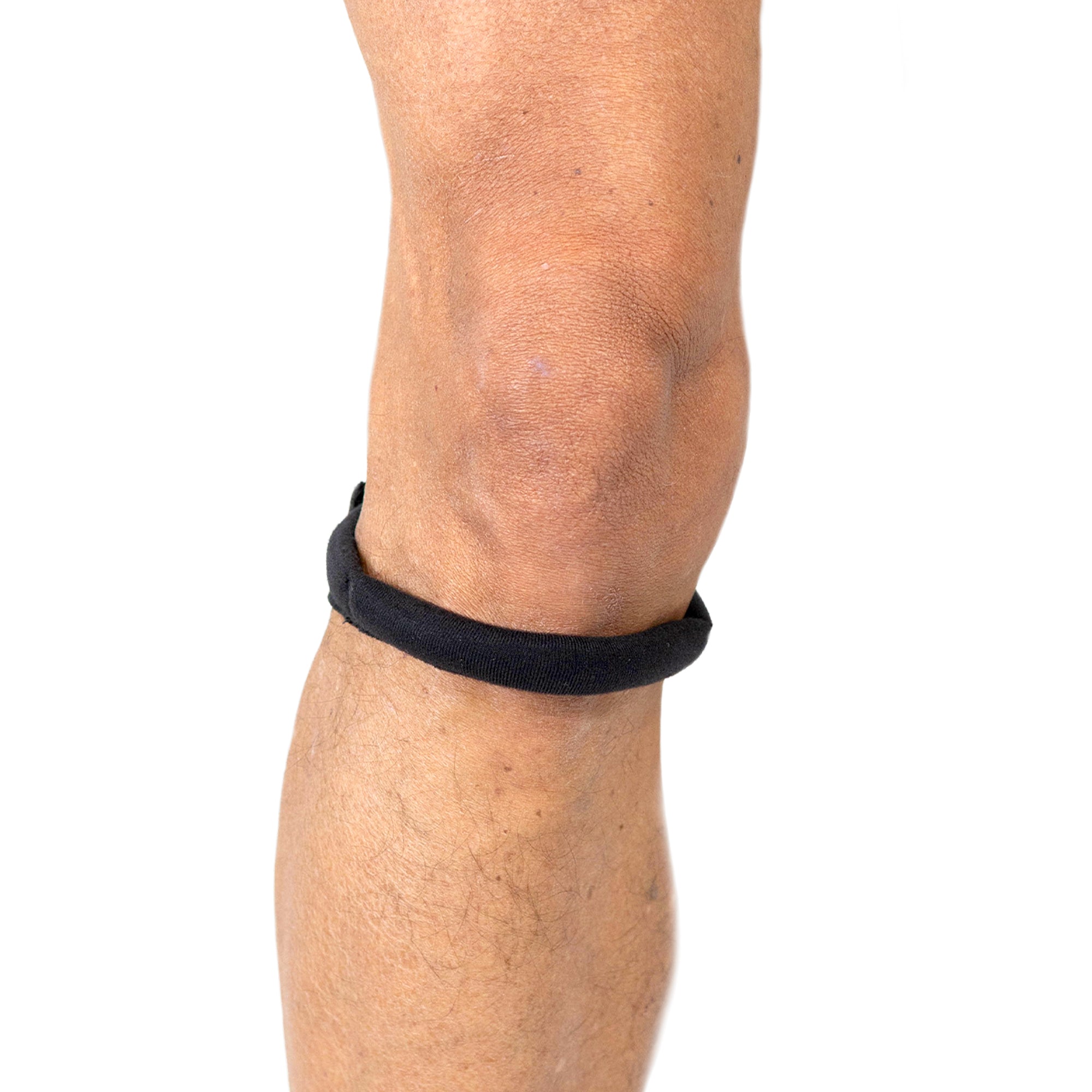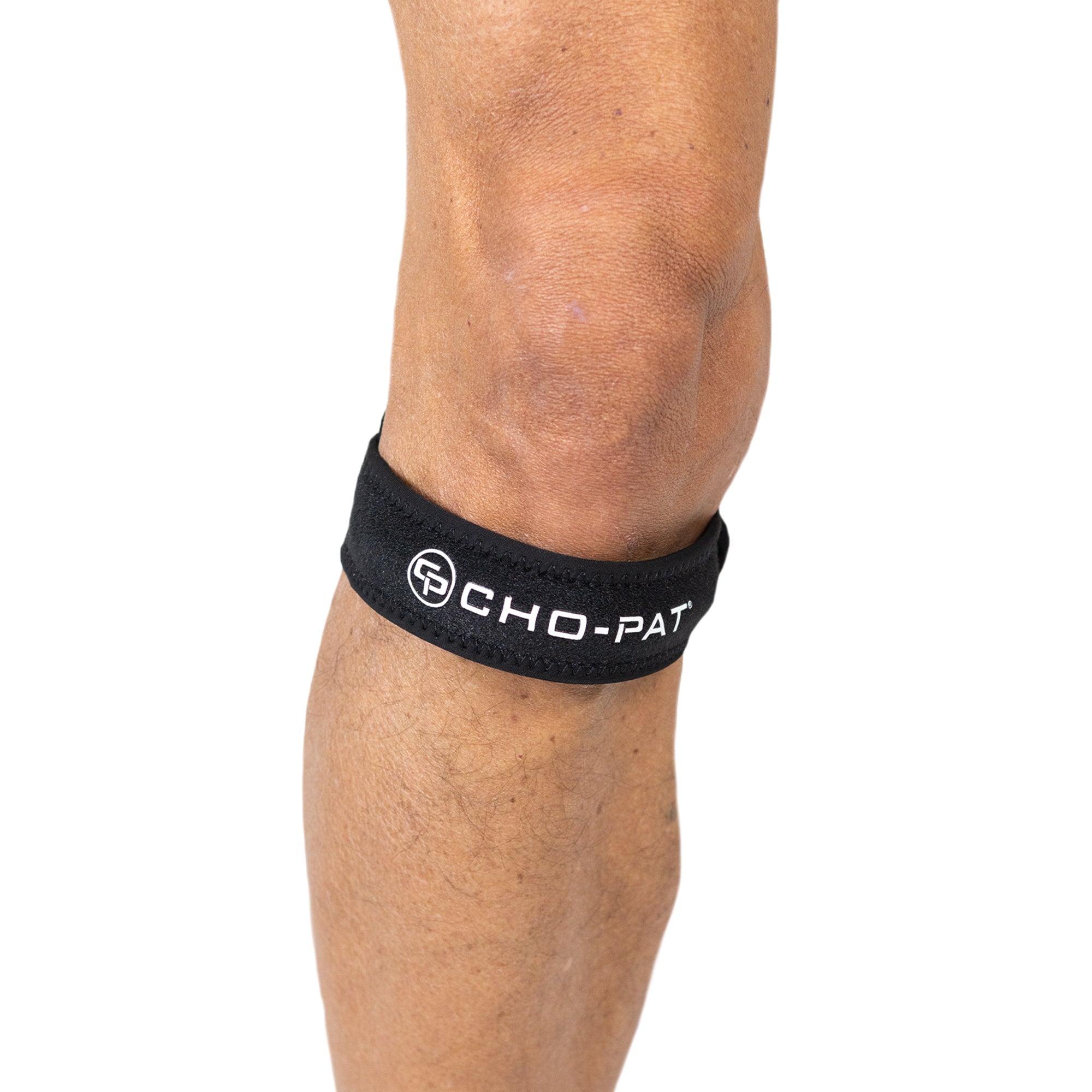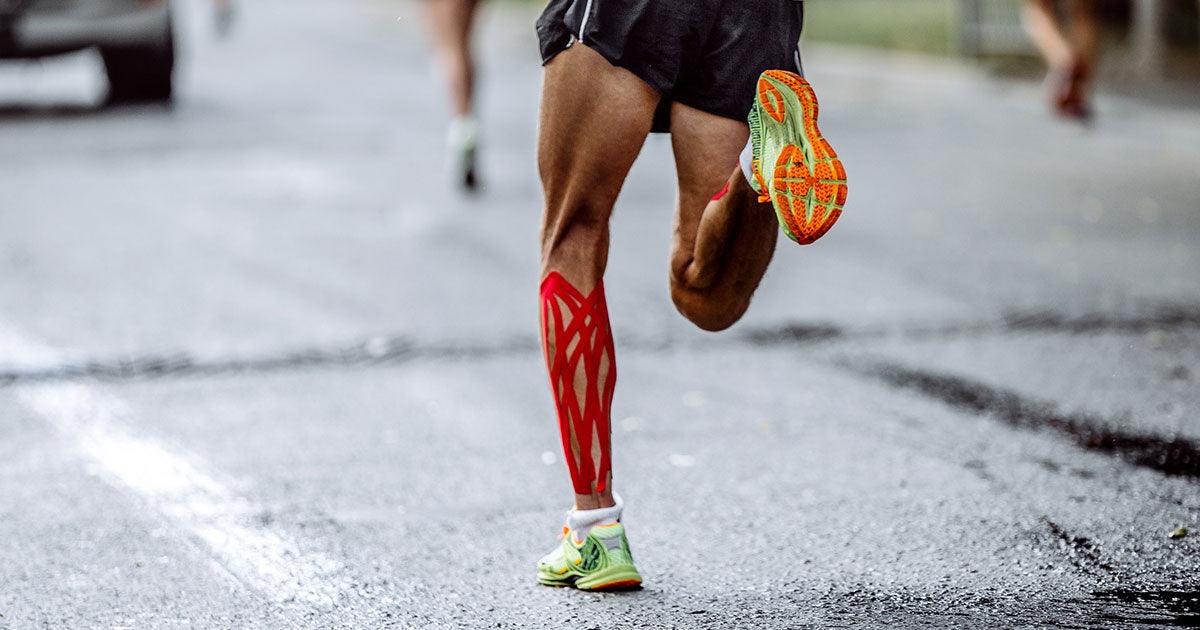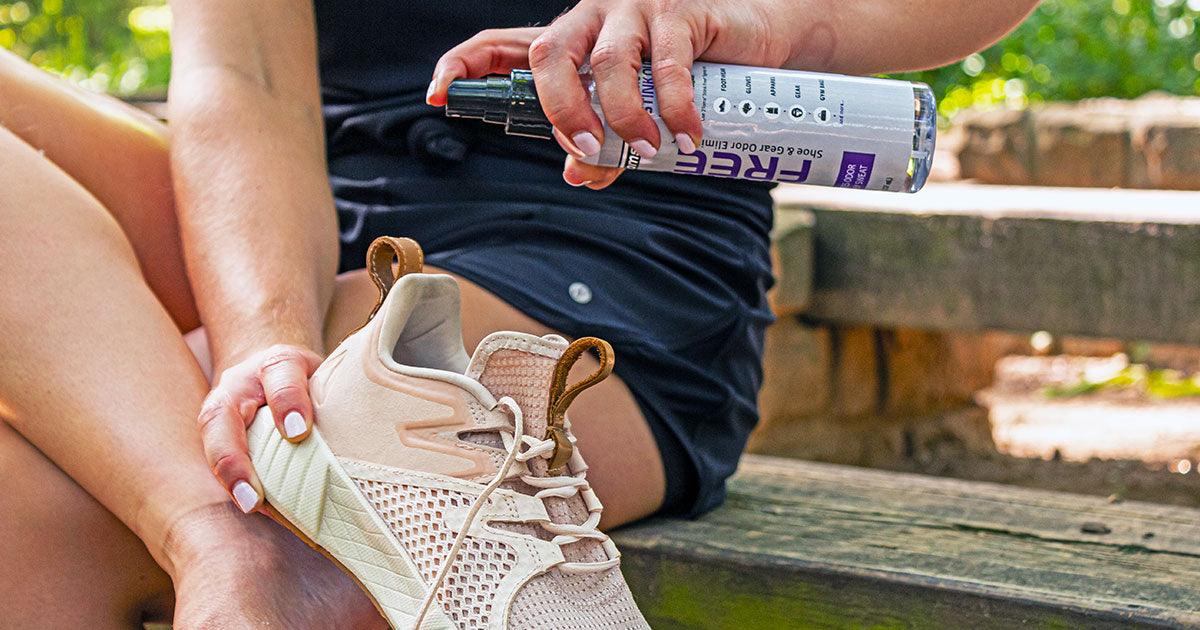An ACL injury is a tear in one of the major ligaments in the knee—the anterior cruciate ligament (ACL). This is a common knee injury among athletes.
Sports that involve sudden stops and direction changes, such as basketball, soccer, gymnastics, and football, increase the likelihood of developing an ACL injury. Some people can hear or feel a distinct “pop” in their knees when the damage occurs.
Taking preventive steps not only safeguards you from ACL injuries but also protects you from incurring more severe damage to your knee ligaments.
5 Tips to Prevent ACL Injuries
If you lead an active lifestyle, it’s important to know how to prevent ACL injuries. The intense pain, tenderness, discomfort, and limited range of motion caused by these injuries can impact your quality of life. These are five simple tips that will help you prevent ACL injuries.
1. Engage in Warm-Up and Stretching Exercises
Before engaging in any rigorous activity or sport, be sure to warm up your muscles with light, repetitive exercises. Mild exercises, such as jogging or riding a stationary bike, gradually warm up your muscles and prevent ACL injuries. Stretching aids this by reducing stiffness in your joints and improving your range of motion.
2. Practice Your Landing Skills
If you engage in sports that require jumps and turns, such as basketball or volleyball, practicing your landing skills will help you prevent ACL injuries. Learn to land softly on the balls of your feet, and keep your knees bent after each jump. Not bending your knees enough when landing from a jump increases your risk of an ACL tear.
3. Work on Building Muscle Strength
Strengthening your thigh muscles—hamstrings in the back and quadriceps in the front—helps prevent ACL tears. These muscles work together to straighten or bend your knees and are heavily relied upon when the body changes directions quickly. Focusing on strengthening these areas will minimize your risk of ACL injuries.
4. Focus on Improving Your Agility
Pivoting while in an erect position, strains the ACL. You can avoid ACL injuries by learning to crouch or bend your hips and knees when making turns. Speed, balance, and agility training ensure that your ankle and foot are in proper alignment when executing a cut.
5. Add Plyometrics to Your Workout Routine
Research1 confirms that combining strengthening exercises with plyometrics is effective in preventing ACL injuries. Plyometric exercises combine speed and muscle building; they also focus on proper body positioning for jumps and controlling your body when you land. Squat jumps, broad jumps, and tuck jumps are some basic drills you can begin with. These exercises are all targeted at developing more stability and strength in your lower body.
Knee Compression Products to Prevent ACL Injuries
If there is a common theme in exercises aimed to prevent ACL injuries, it’s the consistent focus on strength. This is because having adequate strength in your thighs and hips is focal to providing support for your knees. Knee compression sleeves reinforce this support by providing a combination of compression and stability to your thighs and knees. The compression aspect also increases blood flow to the knee, thereby drastically reducing the risk of injury.
Knee compression sleeves and straps are often used in treating ACL injuries; however, people have also found them effective in preventing them. They are easy to wear and do not inhibit overall knee movements. They can be worn during and after sporting activities to ease pain and reduce swelling.
Medi-Dyne offers knee compression sleeves, stabilizers, straps, wraps, and more that help keep your knee in place during high-intensity sports. A few of these are:
- CHO-PAT® KNEE STABILIZER™: This knee stabilizer provides complete support to the kneecap and keeps your joints in proper position while improving mobility. As you move around, you can expect pain absorption and stability, both of which are important in preventing ACL injuries.
- CHO-PAT® DUAL ACTION KNEE STRAP: This knee stabilizer strengthens the kneecap mechanism by applying pressure on the tendon above the kneecap. The adjustable straps allow for full mobility while providing maximum benefits.
- CHO-PAT® ORIGINAL KNEE STRAP: This knee stabilizer Stabilizes and tightens kneecap. Applies pressure upon the patellar tendon below the kneecap to reduce or eliminate inflammation and helps prevent knees from giving out
Prevent and Relieve ACL Injuries with Medi-Dyne Knee Compression Products
ACL injuries can be debilitating, and they are often reoccurring. Using these handy tips and knee support products, you can ensure that you effectively prevent ACL injuries from occurring at all.
At Medi-Dyne, we also believe that you do not have to remain in pain following the occurrence of an ACL injury. Our knee compression products are designed to serve preventive and pain-relief functions.
Browse our selection of knee support products today to prevent ACL injuries!
OTHER RELATED TOPICS:
OSGOOD SCHLATTER DISEASE EXERCISES
HOW TO CHOOSE THE RIGHT KNEE BRACE FOR RUNNERS
RUNNER’S KNEE: IMMEDIATE RELIEF & LONG-TERM HEALING
KNEE PAIN: SOLUTIONS TO PREVENT RUNNER’S KNEE
PLEASE NOTE: The information on this website and article is for information only and should not be used as a substitute for consulting your doctor. Consult your doctor for proper diagnosis and rehabilitation.
1Enginsu, M., Lokmaoglu, R., Korkmaz, E., & Arıbaş, İ. (n.d.). Effect of Plyometric Training on Prevention of ACL Injuries in Females Volleyball Players. Retrieved from Researchgate: https://www.researchgate.net/publication/285617393_Effect_of_Plyometric_Training_on_Prevention_of_ACL_Injuries_in_Females_Volleyball_Players




